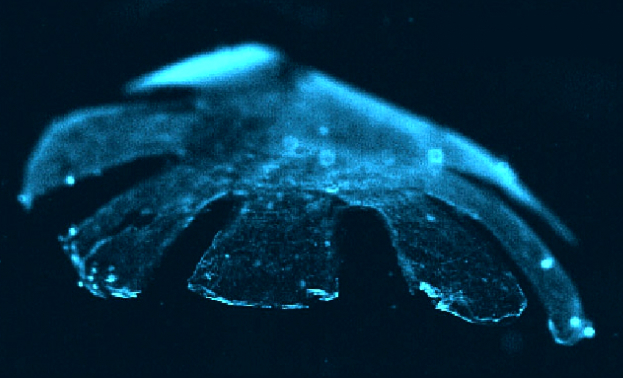‘Glowing Plants‘ is a kickstarter project which is set to create the first publicly available bioluminescent plants. To do this, they will be adding the luciferase-luciferin gene system into the model organism Arabidopsis thaliana. Expanding on previous work done by the State University of New York and the University of Cambridge iGEM team, this synthetic biology project is truly exciting. What makes this project different is how widespread these plants will be disseminated, with over 5000 backers already. This project is the most successful biological crowdfunded campaign ever, and is setting a precedent for future projects which might seek funding this way.
I was lucky enough to get an interview with Antony Evans the project manager of Glowing Plants. Check out the kickstarter video for glowing plants and our exclusive interview after the break.






























